PICS
The Platform for Internet Content Selection
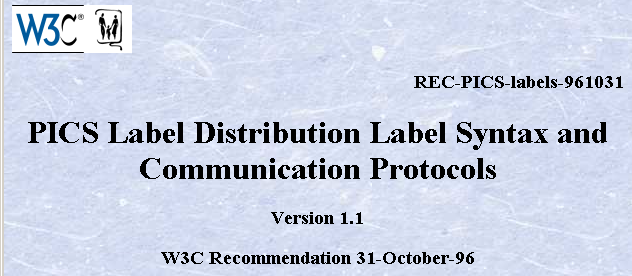
The Platform for Internet Content Selection

(PICS-1.1 "http://www.gcf.org/v2.5"
by "John Doe"
labels on "1994.11.05T08:15-0500"
until "1995.12.31T23:59-0000"
for "http://w3.org/PICS/Overview.html"
ratings (suds 0.5 density 0 color/hue 1)
for "http://w3.org/PICS/Underview.html"
by "Jane Doe"
ratings (subject 2 density 1 color/hue 1))
The Platform for Privacy Preferences (2002)
The Platform for Privacy Preferences Project (P3P) enables Web sites to express their privacy practices in a standard format that can be retrieved automatically and interpreted easily by user agents. P3P user agents will allow users to be informed of site practices (in both machine- and human-readable formats) and to automate decision-making based on these practices when appropriate. Thus users need not read the privacy policies at every site they visit.
The Platform for Privacy Preferences (2002)
The Platform for Privacy Preferences Project (P3P) enables Web sites to express their privacy practices in a standard format that can be retrieved automatically and interpreted easily by user agents. P3P user agents will allow users to be informed of site practices (in both machine- and human-readable formats) and to automate decision-making based on these practices when appropriate. Thus users need not read the privacy policies at every site they visit.
The Platform for Internet Content Selection - Next Generation (1997)
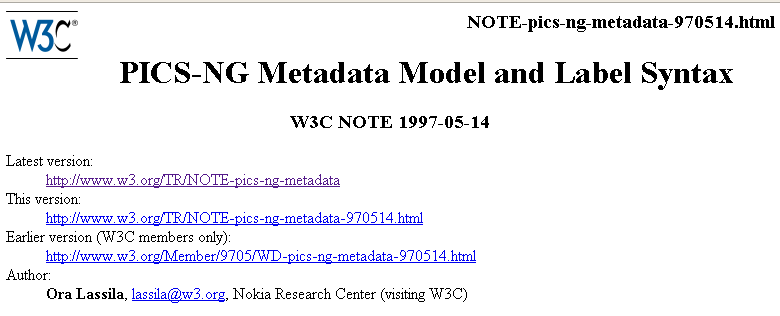
RDF Annotations (embeds data within the document)
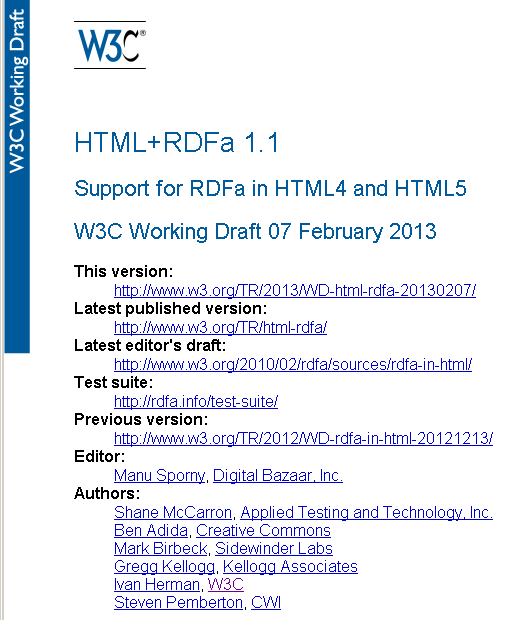
Data about whole Web sites or sections of Web sites, incl. provenence.
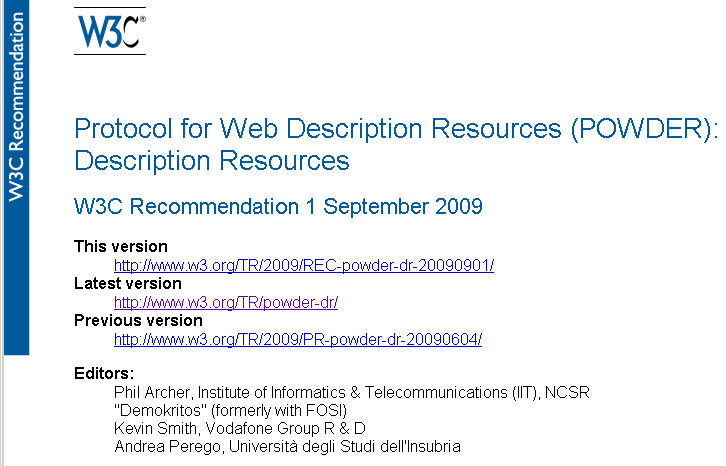
Do Not Track (ongoing)
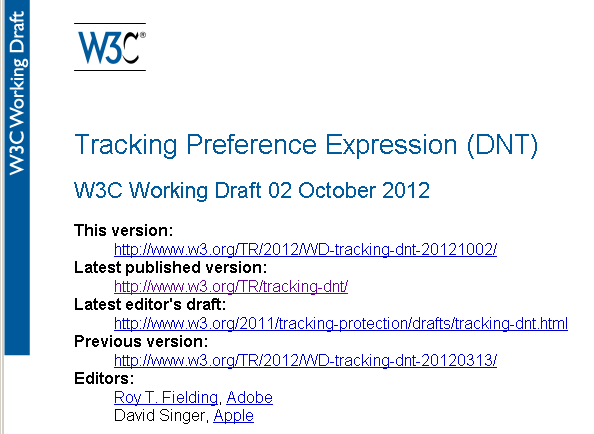
Do Not Track (ongoing)

If you transmit data, there is no guarantee that:
You can't make the leap from the markup to the legal fact.
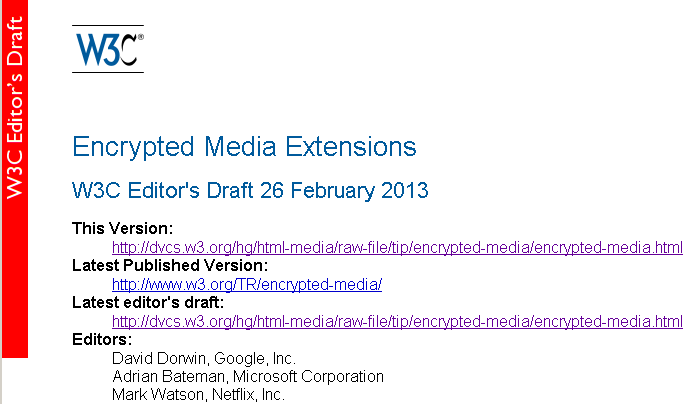
The API supports use cases ranging from simple clear key decryption to high value video (given an appropriate user agent implementation). License/key exchange is controlled by the application, facilitating the development of robust playback applications supporting a range of content decryption and protection technologies.
This specification does not define a content protection or Digital Rights Management system. Rather, it defines a common API that may be used to discover, select and interact with such systems as well as with simpler content encryption systems. Implementation of Digital Rights Management is not required for compliance with this specification: only the simple clear key system is required to be implemented as a common baseline.
Expressing rights statements on the Web is easy.
Getting people to listen is hard — what's in it for them?